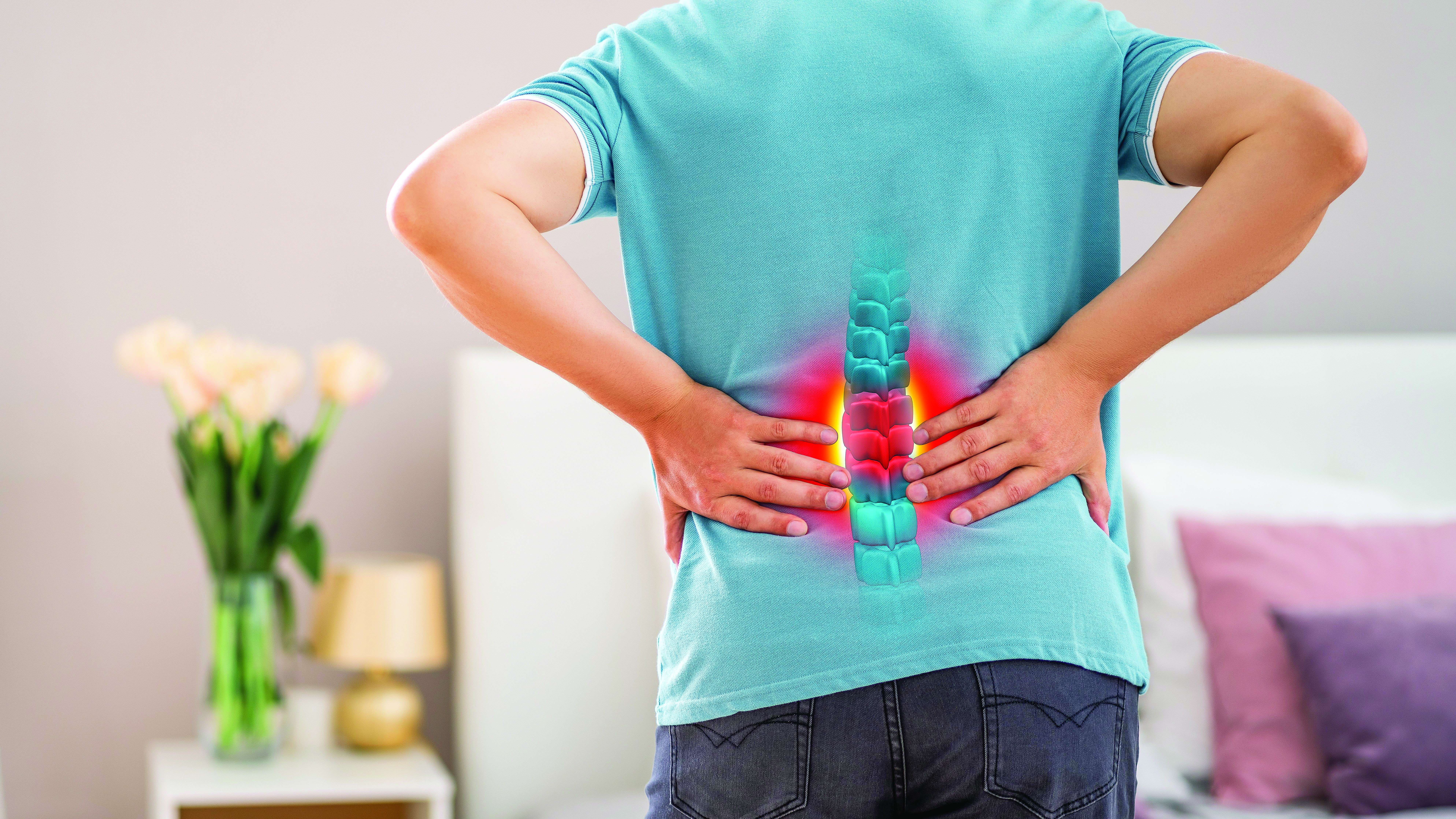
Are you familiar with what a disc or intervertebral disc is? It is a soft gelatinous cushion located between the spine’s vertebral bodies. These discs allow mobility in the spine and absorb any shocks from daily activities such as walking, running, and jumping. However, a slipped disc, herniated disc, or prolapsed intervertebral disc (PIVD) can cause neck or lower back pain. In this case, the disc slips due to spinal instability or stretch from sudden exertion or bending. Weakening of the back muscles due to prolonged slouching, hunching, obesity, and sitting in one position can transfer any impact directly to the spine.
The red flags to watch out for
Back pain and discomfort are not uncommon these days. So, how does one know if that back pain may be due to a slipped disc? Persistent pain or sudden onset, often in the lower back or neck, that may or may not radiate to arms or legs are essential symptoms of nerve irritation caused by slipped discs. One needs to make note of numbness and tingling around the lower back or neck region. Sometimes, a slipped disc may also restrict the movement of some body parts, for example, the thumb or toe. One might feel excessive pain while performing certain activities, such as turning or bending down. As the grade of the slip disc increases from bulging to protrusion to herniation, the pain intensifies, and even small movements like coughing or sneezing might cause excruciating pain. Other than pain, a slipped disc in the lower back may rarely cause issues resulting in infertility, loss of bowel or bladder control or paralysis of the legs.
What causes slip discs?
The most common cause of slipped disc is progressive weakness of the muscles, which ultimately affects the nerves. Aging may also weaken the muscles and tissues to cause slipped discs. Degeneration of intervertebral discs increases with age, making senior citizens more susceptible to its herniation, and this causes immense pain and discomfort. Often, trauma of any kind can cause stress in the spine to herniate the discs. Jobs involving heavy lifting, repetitive movements, or prolonged sitting contributed significantly to muscle weakness and slipped disc problems. Some people may be prone to slipped discs due to genetic predisposition. Another very important and presumably the most avoidable cause is obesity. Being overweight automatically puts additional stress on the spine and spinal disc. A slipped disc is often diagnosed by clinical examination and sometimes radiological examinations like X-rays and MRI.
How to manage pain?
The saving grace is that pain due to slipped discs can be managed with dedicated treatments under the direct supervision of doctors. Absolute bed rest immediately after sudden back pain suspected to be due to a slipped disc is one of the most important parts of treatment. However, after the initial rest, it is essential to return to normal activities gradually. One should also avoid strenuous activities that can worsen the pain. Medication may sometimes be necessary for slipped discs to relieve symptoms due to nerve irritation. Applying heat or ice on the affected area may help reduce inflammation. Orthotics have proven helpful in managing slipped discs and have sometimes been under-utilized in pain management. These devices help to stabilize the back muscles and lower back pain by unloading the weight from weakened muscles. Also, these devices can help to decompress the disc by reducing the weight on the spine by up to 30%. These devices provide options for varying levels of immobilization and decompression in the neck and back region for individualized pain management and quick recovery. Cervical or lumbar traction methods are often utilized to decompress the spine. However, if conservative therapies fail to bring relief, one may need injections in the back to relieve inflammation around nerves.
Sometimes, surgical decompression of the spine may be necessary to relieve symptoms.
Prevention is always better than cure. Maintaining a healthy body weight, a nutritious diet and keeping the back muscles healthy are the best methods to prevent slipped discs. Proper ergonomics at work and home is essential to avoid the misuse of back muscles. It is always advisable to wear appropriate back stabilizing equipment when engaging in strenuous physical activity that may strain the back, causing a slipped disc.
The author is a CRDO at Tynor Orthotics.















